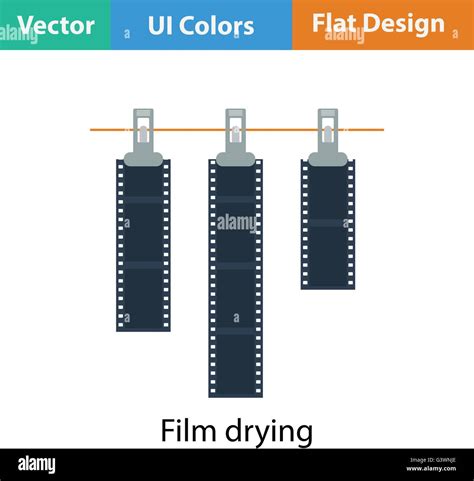Faster Film Drying: Boost Your Productivity
For photographers, the wait for film to dry can feel like an eternity. It’s a crucial step in the darkroom process, impacting workflow and overall efficiency. But what if you could significantly reduce this waiting time? This article explores effective techniques and strategies for faster film drying, helping you boost your productivity and get back to shooting sooner.
Why is Fast Film Drying Important?
Faster film drying isn't just about convenience; it's directly linked to increased productivity. A quicker drying process allows you to:
- Process more film in less time: This is particularly crucial for high-volume shooters, professionals, or those with tight deadlines.
- Minimize the risk of damage: Wet film is more susceptible to scratching, dust, and other forms of damage. Faster drying minimizes this risk.
- Improve workflow efficiency: Reducing drying time frees up your workspace and allows you to move on to other aspects of your photographic workflow.
- Reduce storage space: You don't need to dedicate large areas to drying film for extended periods.
How to Dry Film Faster: Proven Methods
Several methods can accelerate the film drying process. Let's explore some of the most effective:
1. Using a Film Drying Cabinet:
A dedicated film drying cabinet is the most efficient solution for consistent and rapid drying. These cabinets provide a controlled environment with optimal airflow and temperature, significantly reducing drying time. They often feature multiple slots, allowing you to dry numerous rolls simultaneously. This method offers the best balance of speed and protection.
2. Utilizing a Fan:
A simple desk fan can dramatically improve drying times. Direct the airflow gently across the hanging film, ensuring the air circulates evenly. Avoid placing the fan too close, as this might damage the delicate emulsion. This cost-effective method is great for smaller-scale operations.
3. Employing a Dehumidifier:
In humid climates, a dehumidifier can prove invaluable. By reducing the ambient moisture in the air, a dehumidifier accelerates the evaporation process, leading to faster drying times. This is particularly useful during summer months or in areas with high humidity levels.
4. The "Hair Dryer" Method (Use with Caution):
While tempting, using a hair dryer directly on film is risky. The high heat could damage the emulsion, leading to irreversible film degradation. If you choose this method, use a low heat setting and keep the dryer at a considerable distance, moving it constantly to prevent localized heat buildup. This is the least recommended method due to its potential for damage.
5. Optimize Your Film Hanging Technique:
Proper film hanging is crucial for efficient drying. Ensure your film hangs freely, with adequate spacing between the negatives to allow for maximum air circulation. Avoid overcrowding, which can trap moisture and prolong drying time. Using clips designed specifically for film negatives will ensure proper and even drying.
Frequently Asked Questions (FAQs)
How long does it take to air dry film?
Air drying time depends on factors like humidity, temperature, and the method used. Expect anywhere from several hours to overnight for traditional air drying. However, using the methods outlined above can significantly reduce this time.
What's the best way to dry film without a dryer?
Using a fan and optimizing your hanging technique, in a low-humidity environment, provides the best results without specialized equipment.
Can I speed up film drying by increasing the temperature?
While higher temperatures might seem to expedite drying, they also pose a significant risk of damaging the film emulsion. It's crucial to prioritize film preservation over speed.
What are the signs of damaged film due to improper drying?
Signs of damage include emulsion sticking to the film base, cracking, or the appearance of water stains or marks on the negatives.
Can I use a clothes dryer to dry film?
Absolutely not! The high heat and tumbling action of a clothes dryer will destroy your film.
Conclusion
Faster film drying is attainable with various techniques. By selecting the method that best suits your needs and workflow, you can dramatically boost your productivity and efficiency. Remember, preserving the quality of your negatives is paramount. Choose methods that prioritize both speed and protection to maximize your photographic workflow.

